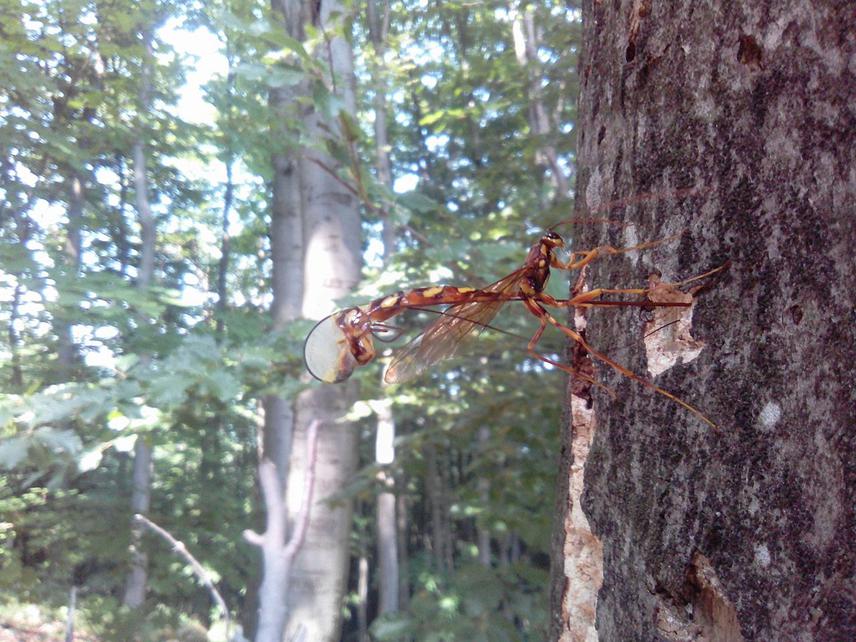Oleksandr Varga
Other projects
19 Apr 2017
The Transcarpathian Natural Forest Ecosystems: Ichneumonid Parasitoids Diversity and Conservation Status
The project aims are:
1) to investigate Carpathian ichneumon-wasps fauna;
2) to increase public awareness concerning the importance of parasitic wasps for natural forest ecosystems;
3) to include some vulnerable ichneumon-wasp species under protection.

Probably the most important in Carpathians are the natural Carpathian forests, supporting an incredibly high natural diversity of species, with many endemics. The Carpathian beech forests are of immense importance for European nature. The Carpathians now support the last remaining stands of montane primary beech forest. Beech are very vulnerable to impacts from clear-cutting as they are what is known as a ’shadow species’ – that is, the saplings regenerate better under the cover of larger, older trees. As many large parasitic wasps develop into these trees they also fall under the threat of extinction after clear-cutting. Forest biodiversity is disappearing at an alarming rate owing to human activities, accentuating the need for accurate assessment of parasitoid diversity. Ichneumonidae is the largest family of the Hymenoptera, having the parasitoid life style (are very specialised and occupy a high trophic level), is of wide significance in forest ecosystems and are likely to be vulnerable to local or even global extinction. I will focus this study on diversity and functional roles of Ichneumon-wasps fauna across natural forests of Ukrainian Carpathians, especially beech forests. The complex investigation of diversity of Carpathian forest Ichneumon-wasps will show how rich biodiversity of insect communities there and will provide an approximate figure of condition of these unique ecosystems. The summarized data on biodiversity of Ukrainian Carpathians will show the necessity of forest protection in the region.
I plan several main activities:
1) Scientific investigation of ichneumon-wasps fauna. In the field, the specimens will be collected using light-weight Malaise traps: the most efficient and unbiased method for collecting Hymenoptera. In addition, yellow pan traps and sweep-nets will be used.
2) Training for the staff and foresters of nature protection areas and students.
3) Preparation of publicity and advisory materials (booklet and research papers).
4) Monitoring network development. We hope to include of an ichneumon-wasps monitoring into the integrated monitoring programs in the established network of nature protection areas (for start in Carpathian Biosphere Reserve) as integral part of a long-term biodiversity strategy with future including of some most vulnerable species under protection provided by conservation programs of this areas.